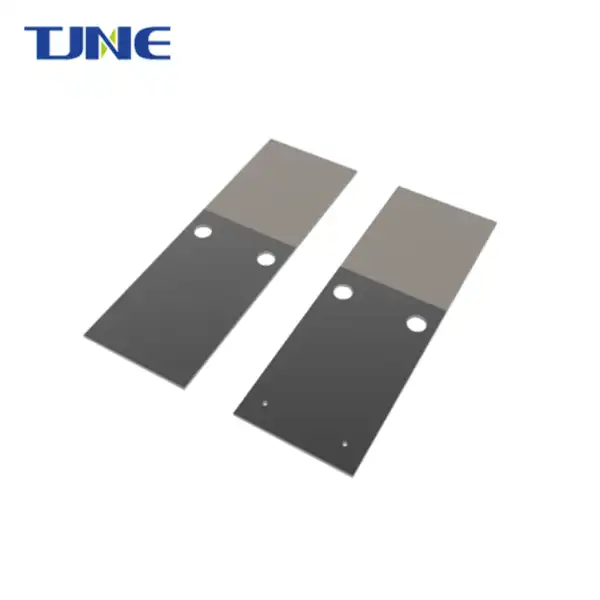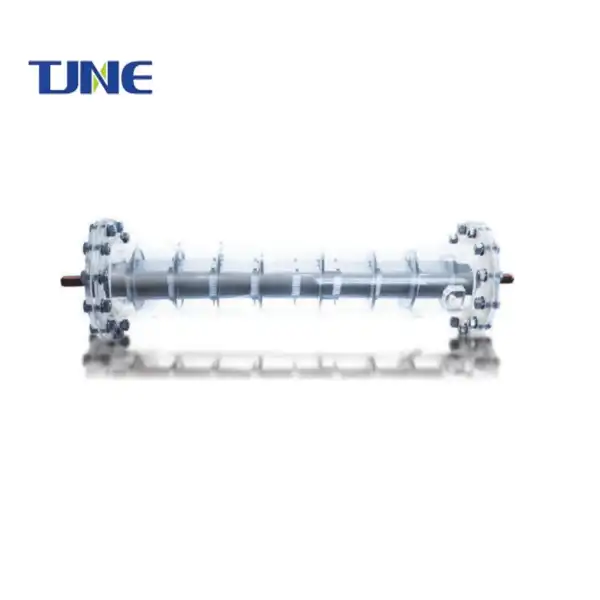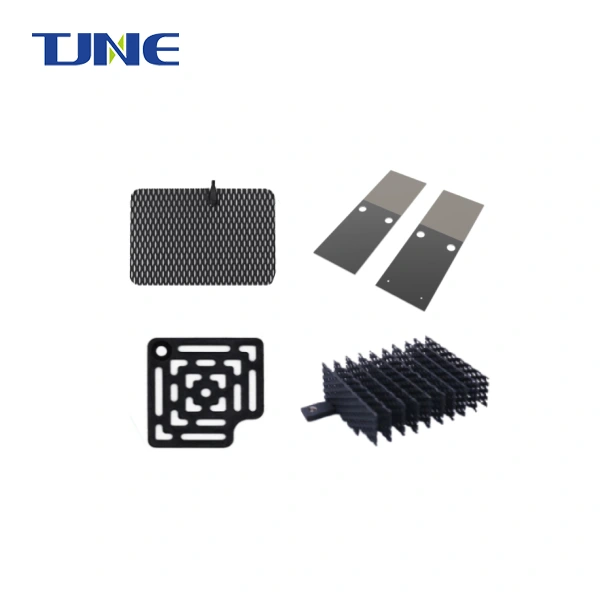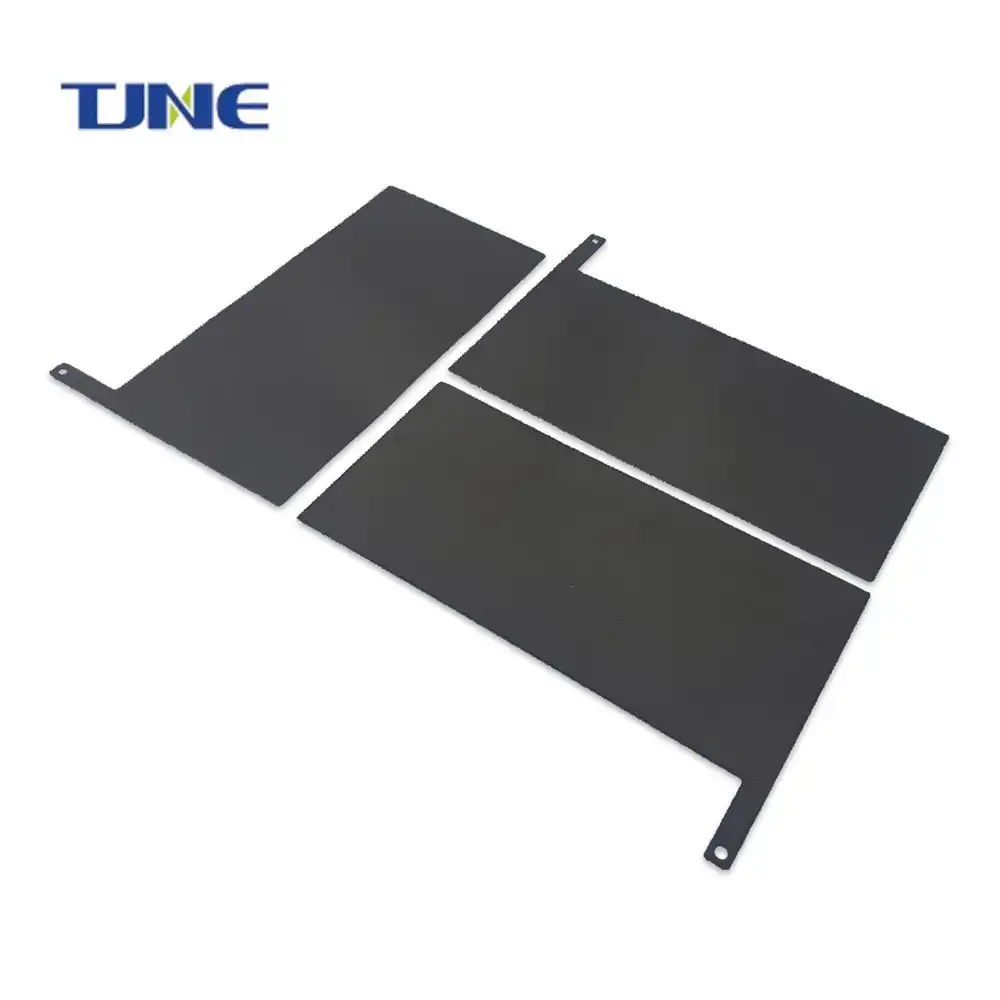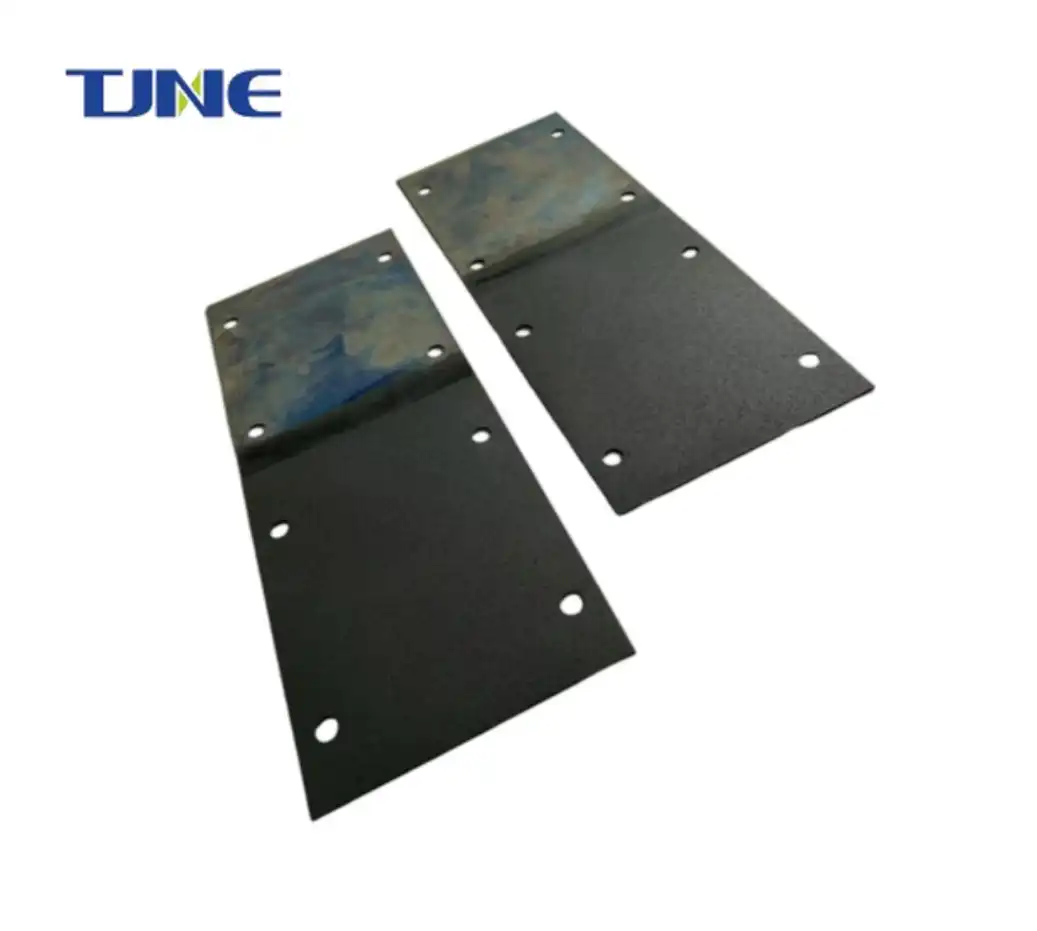- English
- French
- German
- Portuguese
- Spanish
- Russian
- Japanese
- Korean
- Arabic
- Greek
- German
- Turkish
- Italian
- Danish
- Romanian
- Indonesian
- Czech
- Afrikaans
- Swedish
- Polish
- Basque
- Catalan
- Esperanto
- Hindi
- Lao
- Albanian
- Amharic
- Armenian
- Azerbaijani
- Belarusian
- Bengali
- Bosnian
- Bulgarian
- Cebuano
- Chichewa
- Corsican
- Croatian
- Dutch
- Estonian
- Filipino
- Finnish
- Frisian
- Galician
- Georgian
- Gujarati
- Haitian
- Hausa
- Hawaiian
- Hebrew
- Hmong
- Hungarian
- Icelandic
- Igbo
- Javanese
- Kannada
- Kazakh
- Khmer
- Kurdish
- Kyrgyz
- Latin
- Latvian
- Lithuanian
- Luxembou..
- Macedonian
- Malagasy
- Malay
- Malayalam
- Maltese
- Maori
- Marathi
- Mongolian
- Burmese
- Nepali
- Norwegian
- Pashto
- Persian
- Punjabi
- Serbian
- Sesotho
- Sinhala
- Slovak
- Slovenian
- Somali
- Samoan
- Scots Gaelic
- Shona
- Sindhi
- Sundanese
- Swahili
- Tajik
- Tamil
- Telugu
- Thai
- Ukrainian
- Urdu
- Uzbek
- Vietnamese
- Welsh
- Xhosa
- Yiddish
- Yoruba
- Zulu
What is the Future Outlook For Titanium Electrode Technology in Water Disinfection?
Titanium electrode technology is emerging as a promising solution for water disinfection, with significant potential to revolutionize how we ensure safe drinking water globally. As concerns over water quality and scarcity continue to grow, innovative disinfection methods like titanium electrodes are garnering increased attention from researchers, water treatment professionals, and policymakers. This electrochemical approach offers several advantages over traditional disinfection techniques, including high efficiency, minimal chemical usage, and versatility across different water sources. Looking ahead, titanium electrode technology is poised to play an increasingly important role in addressing global water challenges and improving access to clean, safe drinking water.
How do titanium electrodes compare to traditional water disinfection methods?
Titanium electrodes represent a paradigm shift in water disinfection technology compared to conventional methods like chlorination or UV treatment. The electrochemical process utilizes the unique properties of titanium and mixed metal oxide to generate powerful oxidizing agents directly in the water, eliminating the need for chemical additives in many cases. This in-situ disinfection approach offers several key advantages:
Efficiency: Titanium electrodes can achieve high levels of pathogen inactivation with relatively low energy input. The electrochemical reactions produce a cocktail of oxidizing species like hydroxyl radicals, hydrogen peroxide, and ozone that work synergistically to destroy a wide range of microorganisms. Studies have shown that titanium electrode systems can achieve 4-log (99.99%) or greater reduction of bacteria, viruses, and protozoa, meeting or exceeding regulatory standards for drinking water treatment.

Minimal chemical usage: Unlike chlorination, which requires ongoing chemical additions and can produce potentially harmful disinfection byproducts, titanium electrode systems generate disinfectants in-situ from the water itself. This reduces the need for chemical transport and storage while minimizing the formation of regulated byproducts like trihalomethanes.
Versatility: Titanium electrodes can be effective across a wide range of water qualities and contaminant profiles. The technology has shown promise for treating both surface water and groundwater sources, as well as addressing emerging contaminants of concern like pharmaceutical residues and antibiotic-resistant bacteria.
Scalability: Electrochemical systems based on titanium electrodes can be designed for applications ranging from point-of-use devices to large municipal treatment plants. The modular nature of the technology allows for flexible implementation and easy capacity expansion.
Durability: Titanium's excellent corrosion resistance and mechanical strength make it well-suited for long-term operation in water treatment applications. Properly designed titanium electrodes can maintain stable performance over extended periods, reducing maintenance requirements compared to other electrode materials.
While titanium electrode technology offers numerous benefits, it's important to note that it may have higher upfront costs compared to some traditional disinfection methods. However, the long-term operational advantages and multi-contaminant treatment capabilities can offset these initial investments in many scenarios. As the technology continues to mature and production scales up, it's likely that costs will decrease further, making titanium electrode systems increasingly competitive across a broader range of applications.
What are the potential applications of titanium electrodes beyond drinking water treatment?
While drinking water disinfection is a primary focus for titanium electrode technology, its versatility opens up a wide range of potential applications across the water and wastewater treatment landscape:
Industrial wastewater treatment: Titanium electrodes show promise for treating complex industrial effluents containing recalcitrant organic compounds, heavy metals, and other challenging contaminants. The strong oxidizing environment created by the electrochemical process can break down persistent pollutants that are difficult to remove through conventional biological treatment alone. Industries such as textiles, pharmaceuticals, and petrochemicals could benefit from integrating titanium electrode systems into their wastewater treatment trains.
Municipal wastewater reclamation: As water scarcity drives increased interest in water reuse, titanium electrode technology could play a role in advanced treatment processes for producing high-quality reclaimed water. The ability to inactivate a broad spectrum of pathogens while also oxidizing trace organic contaminants makes it well-suited for polishing treated wastewater to meet stringent reuse standards for applications like groundwater recharge or direct potable reuse.
Ballast water treatment: The shipping industry faces strict regulations on treating ballast water to prevent the spread of invasive aquatic species. Titanium electrode systems offer a compact, chemical-free solution for onboard ballast water management, capable of meeting International Maritime Organization (IMO) standards for organism removal and inactivation.
Swimming pool and spa disinfection: Titanium electrodes could provide an alternative to traditional chlorine-based pool sanitization, offering improved water quality with reduced chemical usage and lower potential for irritation. Some commercial systems utilizing this technology are already available in the market.
Aquaculture: Fish farming and other aquaculture operations require careful water quality management to maintain healthy stocks. Titanium electrode technology could offer a flexible disinfection solution capable of addressing pathogens while minimizing impacts on beneficial microorganisms in recirculating aquaculture systems.
Food and beverage processing: The food industry relies heavily on clean water for various processes. Titanium electrode systems could provide targeted disinfection for process water, helping to ensure food safety while potentially reducing water and energy consumption compared to thermal pasteurization methods.
As research continues and the technology matures, it's likely that new applications for titanium electrode systems will emerge across various sectors where water quality and safety are paramount. The ability to provide effective disinfection without relying on chemical additions makes this technology particularly attractive for sensitive environments or applications where minimizing chemical usage is a priority.
What challenges need to be addressed for wider adoption of titanium electrode technology?
Despite its promising outlook, several challenges need to be overcome to facilitate broader adoption of titanium electrode technology in water disinfection applications:
Cost optimization: While titanium electrodes offer long-term operational benefits, the initial capital costs can be higher compared to some conventional disinfection technologies. Continued research into electrode materials, fabrication techniques, and system design is needed to drive down costs and improve the economic competitiveness of these systems, especially for smaller-scale applications.
Energy efficiency: Although titanium electrode systems can be highly efficient, there is still room for improvement in terms of energy consumption. Developing advanced electrode materials with higher catalytic activity and optimizing system designs to minimize electrical resistance could further reduce energy requirements and associated operational costs.
Scaling and fouling management: In some water sources, mineral scaling or organic fouling on electrode surfaces can impact long-term performance. Developing effective pretreatment strategies, self-cleaning electrode designs, and optimized operational protocols will be crucial for maintaining stable performance across diverse water qualities.
Regulatory framework and standards: As a relatively new technology for drinking water treatment, titanium electrode systems may face regulatory hurdles in some jurisdictions. Working with regulatory agencies to develop appropriate performance standards and testing protocols will be essential for facilitating wider adoption, particularly in the municipal drinking water sector.
Public perception and education: Introducing new water treatment technologies often requires public outreach and education to build trust and acceptance. Clear communication about the benefits and safety of titanium electrode technology will be important, especially in applications directly impacting consumers, such as point-of-use systems or municipal water treatment.
Integration with existing infrastructure: For many potential users, titanium electrode systems will need to be integrated into existing water treatment processes. Developing flexible, modular designs that can be easily retrofitted into various treatment trains will be important for expanding the technology's reach.
Optimization for specific contaminants: While titanium electrodes have shown broad efficacy against many waterborne pathogens and contaminants, further research is needed to optimize performance for specific target compounds or emerging contaminants of concern. This could involve developing specialized electrode coatings or fine-tuning operational parameters for particular applications.
Long-term performance data: As with any new technology, building a comprehensive body of long-term performance data from real-world installations will be crucial for gaining wider acceptance and demonstrating the technology's reliability and cost-effectiveness over extended operational periods.
Supply chain considerations: Ensuring a stable and diverse supply chain for high-quality titanium electrodes and associated components will be important as the technology scales up. This may involve developing new manufacturing capabilities and exploring alternative materials to mitigate potential supply disruptions.
Addressing these challenges will require continued collaboration between researchers, technology developers, water treatment professionals, and regulatory agencies. As these hurdles are overcome, the path to wider adoption of titanium electrode technology in water disinfection applications will become clearer, potentially revolutionizing how we approach water treatment and disinfection across various sectors.
In conclusion, the future outlook for titanium electrode technology in water disinfection is highly promising. As global water challenges intensify and the demand for efficient, sustainable treatment solutions grows, titanium electrodes are well-positioned to play a significant role in ensuring access to safe, clean water. While challenges remain, ongoing research and development efforts are steadily addressing these obstacles, paving the way for broader adoption across diverse applications. As the technology continues to mature and prove its effectiveness in real-world settings, titanium electrode systems have the potential to become a cornerstone of next-generation water treatment strategies, contributing to improved public health and environmental sustainability on a global scale.
If you are interested in the products of Xi'an Taijin New Energy Technology Co., Ltd., please contact yangbo@tjanode.com.
References:
1. Martínez-Huitle, C. A., & Brillas, E. (2008). Electrochemical alternatives for drinking water disinfection. Angewandte Chemie International Edition, 47(11), 1998-2005.
2. Kraft, A. (2008). Electrochemical water disinfection: A short review. Platinum Metals Review, 52(3), 177-185.
3. Ghernaout, D., & Elboughdiri, N. (2020). Electrochemical technology for wastewater treatment: Dares and trends. Open Access Library Journal, 7(4), 1-17.
4. Radjenovic, J., & Sedlak, D. L. (2015). Challenges and opportunities for electrochemical processes as next-generation technologies for the treatment of contaminated water. Environmental Science & Technology, 49(19), 11292-11302.
5. Chaplin, B. P. (2014). Critical review of electrochemical advanced oxidation processes for water treatment applications. Environmental Science: Processes & Impacts, 16(6), 1182-1203.
6. Sirés, I., Brillas, E., Oturan, M. A., Rodrigo, M. A., & Panizza, M. (2014). Electrochemical advanced oxidation processes: today and tomorrow. A review. Environmental Science and Pollution Research, 21(14), 8336-8367.
7. Särkkä, H., Bhatnagar, A., & Sillanpää, M. (2015). Recent developments of electro-oxidation in water treatment—A review. Journal of Electroanalytical Chemistry, 754, 46-56.
8. Ganiyu, S. O., Martínez-Huitle, C. A., & Rodrigo, M. A. (2020). Renewable energies driven electrochemical wastewater/soil decontamination technologies: A critical review of fundamental concepts and applications. Applied Catalysis B: Environmental, 270, 118857.
9. Moreira, F. C., Boaventura, R. A., Brillas, E., & Vilar, V. J. (2017). Electrochemical advanced oxidation processes: A review on their application to synthetic and real wastewaters. Applied Catalysis B: Environmental, 202, 217-261.
10. Garcia-Segura, S., Ocon, J. D., & Chong, M. N. (2018). Electrochemical oxidation remediation of real wastewater effluents—A review. Process Safety and Environmental Protection, 113, 48-67.
Related Industry Knowledge
- How Does Using Electrodeposited Titanium Electrodes Transform Zinc Plating Processes?
- Why Should You Consider Titanium Electrodes for Copper Plating?
- How Can Titanium Electrode Improve Nickel And Cobalt Electrodeposition Performance?
- What Factors Should Be Considered When Selecting a DSA Anode?
- What Is a Chlorine Generator Electrolyzer and How Does It Operate?
- What is a DSA Anode and How Does It Work?
- What Industries Benefit from Chlorine Generator Electrolyzers for On-Site Production?
- Which electrolyzer is best for hydrogen production?
- What are DSA anodes?






